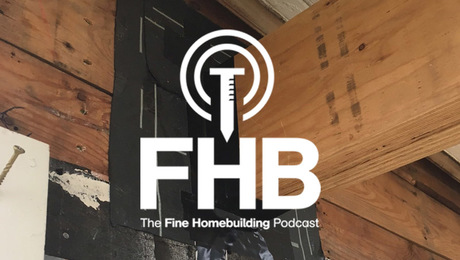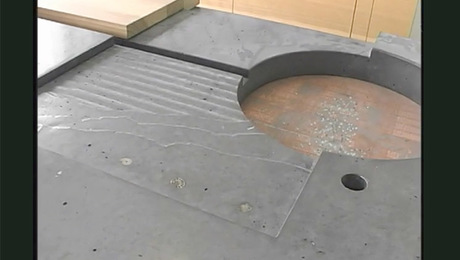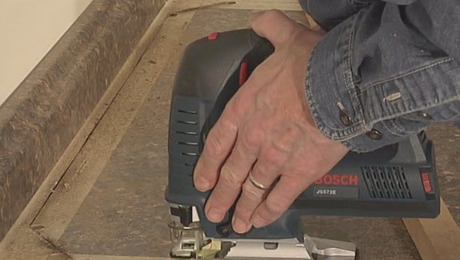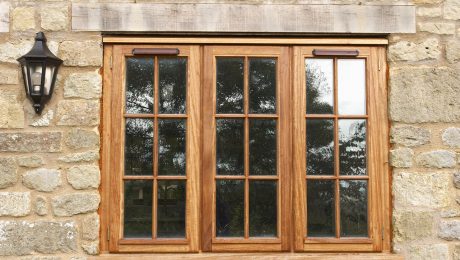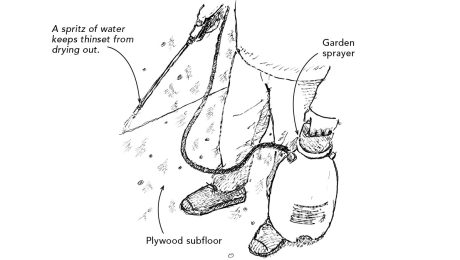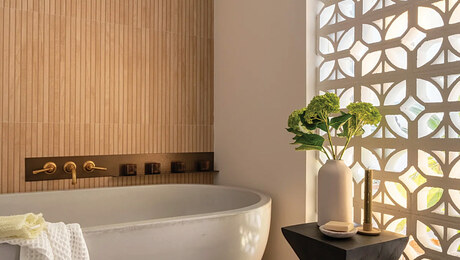What's the Difference: Stone countertops
Even stone is susceptible to scratches, staining, chipping, and heat damage
It’s a common misconception that applying sealer to a stone countertop is all that’s needed to protect it from damage. Unfortunately, even after sealer is applied, stone is susceptible to scratches, staining, chipping, and heat damage. Knowing the compositional qualities of each stone is the best way to choose a countertop that can handle the wear and tear of a busy kitchen or bathroom.
Limestone
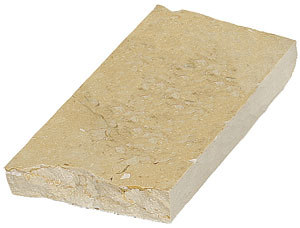
Profile: Certain types of limestone, such as the popular Jerusalem gold, are very dense and very durable. However, most other limestone is soft and easily damaged, even more so than marble.
Surface notes: Limestone that is not dense isn’t recommended for use in busy kitchens. Its high porosity and susceptibility to damage can show after only a couple of years of heavy use.
Finishes: Honed or polished
Marble
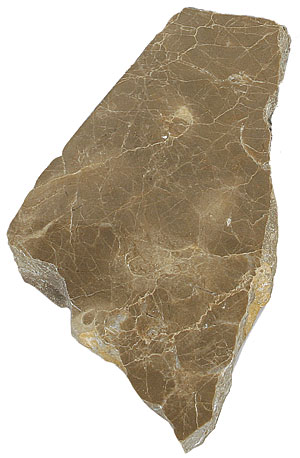
Profile: Marble is a very soft stone, so it cannot withstand high heat, and it is easily etched by acidic substances such as orange juice.
Surface notes: Marble is known for its natural ability to stay cool and is often preferred by professional chefs for rolling dough and making pastries. The patina of polished or aged marble is prized for its traditional, old-world appeal. When selecting marble counters, remember that a polished finish makes surface imperfections more noticeable, whereas a honed or brushed finish helps to mask any scratches.
Finishes: Polished, honed, or brushed
Slate
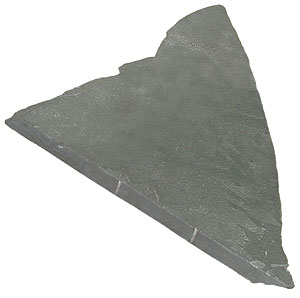
Profile: High-quality, dense slate is less absorbent and more durable than many countertop materials, so it doesn’t require sealing like other types of stone countertops.
Surface notes: Due to its low porosity, slate is less likely to harbor bacteria. However, its uneven surface makes slate counters difficult to clean. Slate should be periodically treated with mineral oil to reduce its chalky appearance and to enhance its color tone.
Finishes: Honed, polished, or cleft
Granite

Profile: Granite is one of the hardest stones and is virtually scratch resistant. A low porosity and a very high heat resistance make it a popular countertop material for active kitchens.
Surface notes: Granite is less porous than other stone but still needs to be sealed to reduce its porosity. If you’re sealing granite with an impregnating sealer, be sure to do it every six months. If the slab was sealed professionally by the manufacturer, it might not require resealing for up to five years.
Finishes: Honed, polished, flamed, sandblasted, or brushed
Soapstone
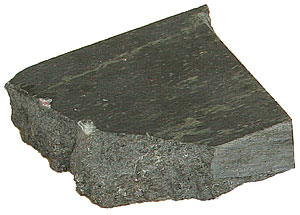
Profile: Soapstone is dense and soft, and it is the least-porous stone-countertop material available. It is often used in science laboratories that demand clean, sterile environments, which isn’t much different than the demands of a kitchen.
Surface notes: Because soapstone is impenetrable, it is resistant to stains, bacteria growth, and damage from acidic substances. Soapstone comes in three colors: gray, green, and black. Similar to slate, soapstone’s color might not be fully realized until a weekly application of mineral oil has taken place for nearly a year. (Read Do-It-Yourself Stone Counters for a firsthand account of what it’s like to work with soapstone.)
Finish: Honed
Photos by: Krysta S. Doerfler
Fine Homebuilding Recommended Products
Fine Homebuilding receives a commission for items purchased through links on this site, including Amazon Associates and other affiliate advertising programs.

Not So Big House

Homebody: A Guide to Creating Spaces You Never Want to Leave

Graphic Guide to Frame Construction









